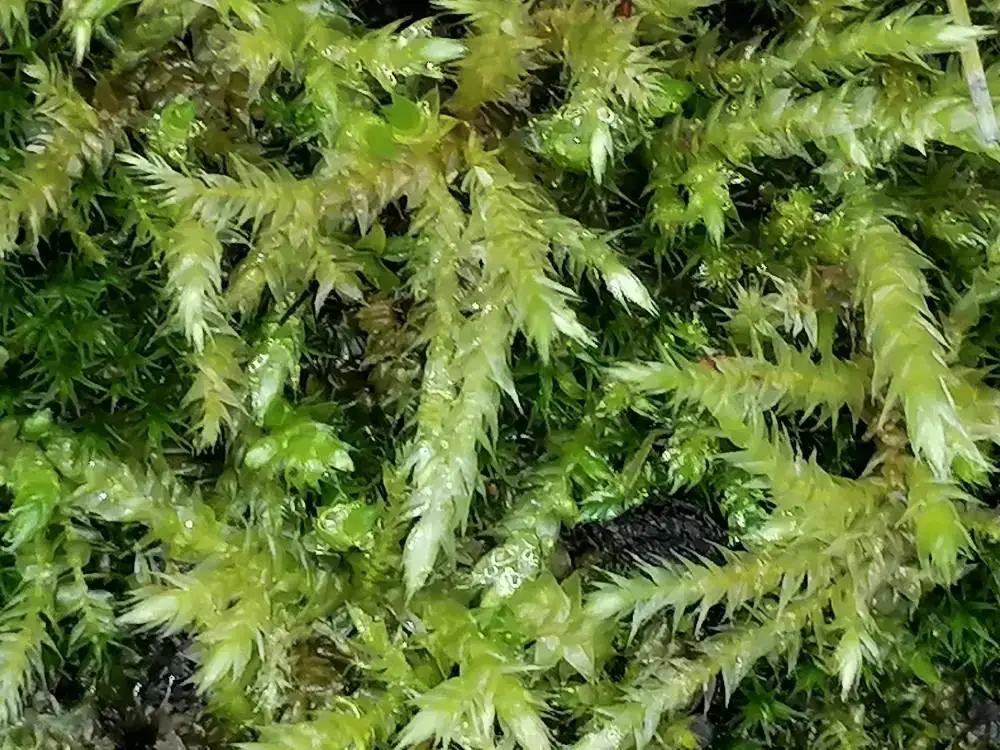
61762469.jpg from: https://observation.org/photos/61762469/
Introduction
The world of mosses is a fascinating one, filled with tiny, unassuming plants that often go unnoticed by the casual observer. Among these mosses is the Brachythecium rutabulum (Hedw.) Schimp., a member of the Brachytheciaceae family, also commonly known as Brachythecium. This humble moss may seem insignificant, but it plays a crucial role in the intricate web of life and has captured the interest of bryologists (moss enthusiasts) worldwide.
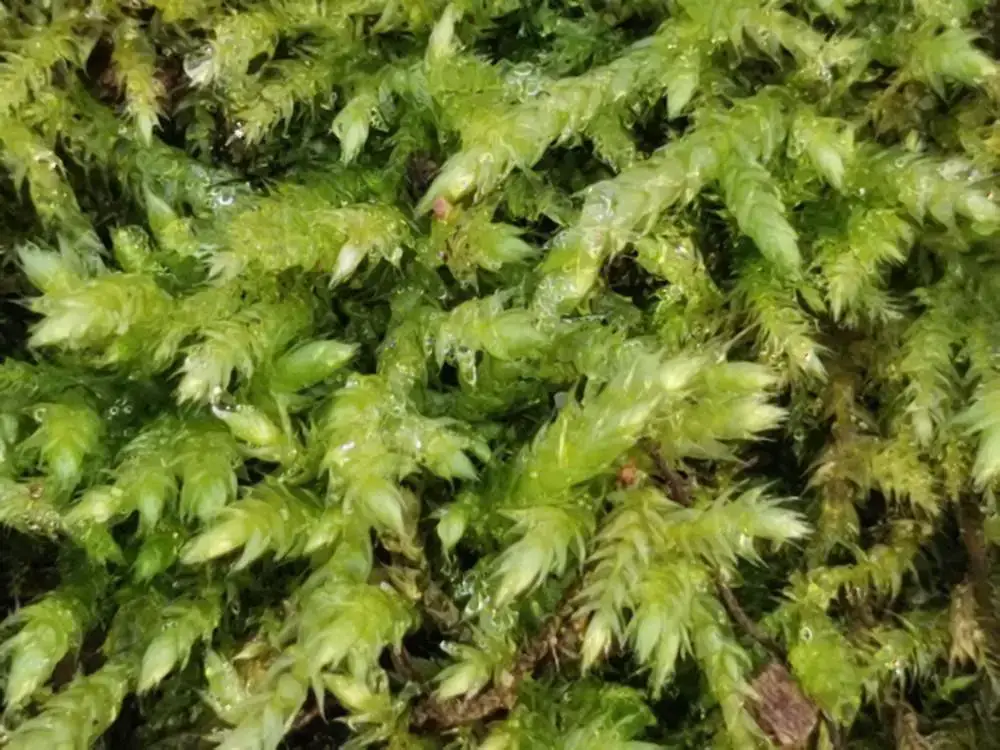
62294831.jpg from: https://observation.org/photos/62294831/
Background
Before delving into the details of this remarkable moss, let’s set the stage with some background information. Brachythecium rutabulum belongs to the phylum Bryophyta

61830715.jpg from: https://observation.org/photos/61830715/
, which encompasses mosses, liverworts, and hornworts. These non-vascular plants have evolved unique adaptations to thrive in a wide range of habitats, from the damp forest floors to the crevices of urban environments.
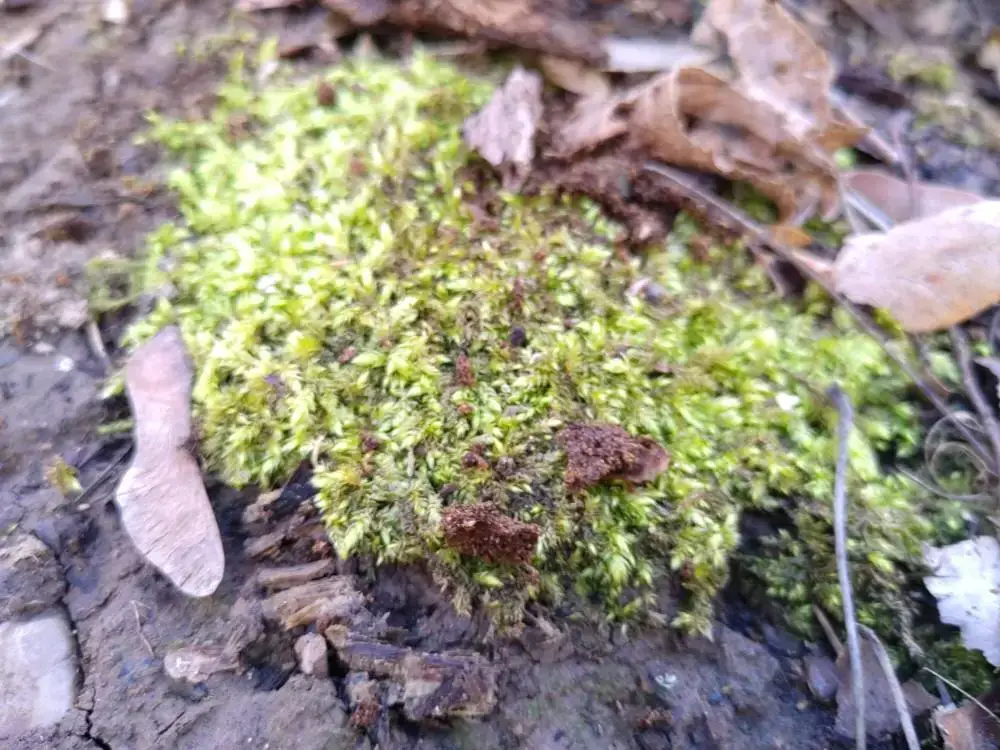
46595691.jpg from: https://observation.org/photos/46595691/
Main Content
Morphology and Identification
Brachythecium rutabulum is a pleurocarpous moss, meaning its stems grow horizontally along the substrate. Its slender, irregularly branched stems can reach lengths of up to 10 centimeters, forming dense mats or cushions. The leaves are ovate-lanceolate in shape, with a distinctive midrib that extends nearly to the leaf tip. When viewed under a microscope, the leaf cells reveal a beautiful pattern of hexagonal shapes, adding to the intricate beauty of this moss.
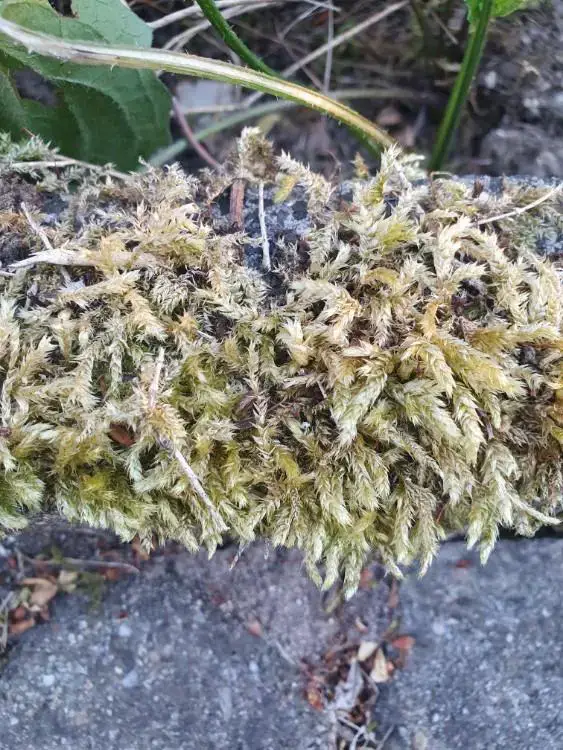
52572540.jpg from: https://observation.org/photos/52572540/
Global Distribution and Habitat
This versatile moss has a cosmopolitan distribution, meaning it can be found on almost every continent, from the temperate regions of Europe and North America to the tropical forests of Southeast Asia and South America. Brachythecium rutabulum thrives in a variety of habitats, including moist woodlands, stream banks, and even urban areas, where it can be found growing on tree trunks, rocks, and soil.
Ecological Roles and Adaptations
Despite its diminutive size, Brachythecium rutabulum plays a vital role in its ecosystem. As a pioneer species, it helps stabilize and enrich the soil, creating a suitable environment for other plants to establish themselves. Additionally, this moss serves as a microhabitat for various invertebrates, providing shelter and food for these tiny creatures.
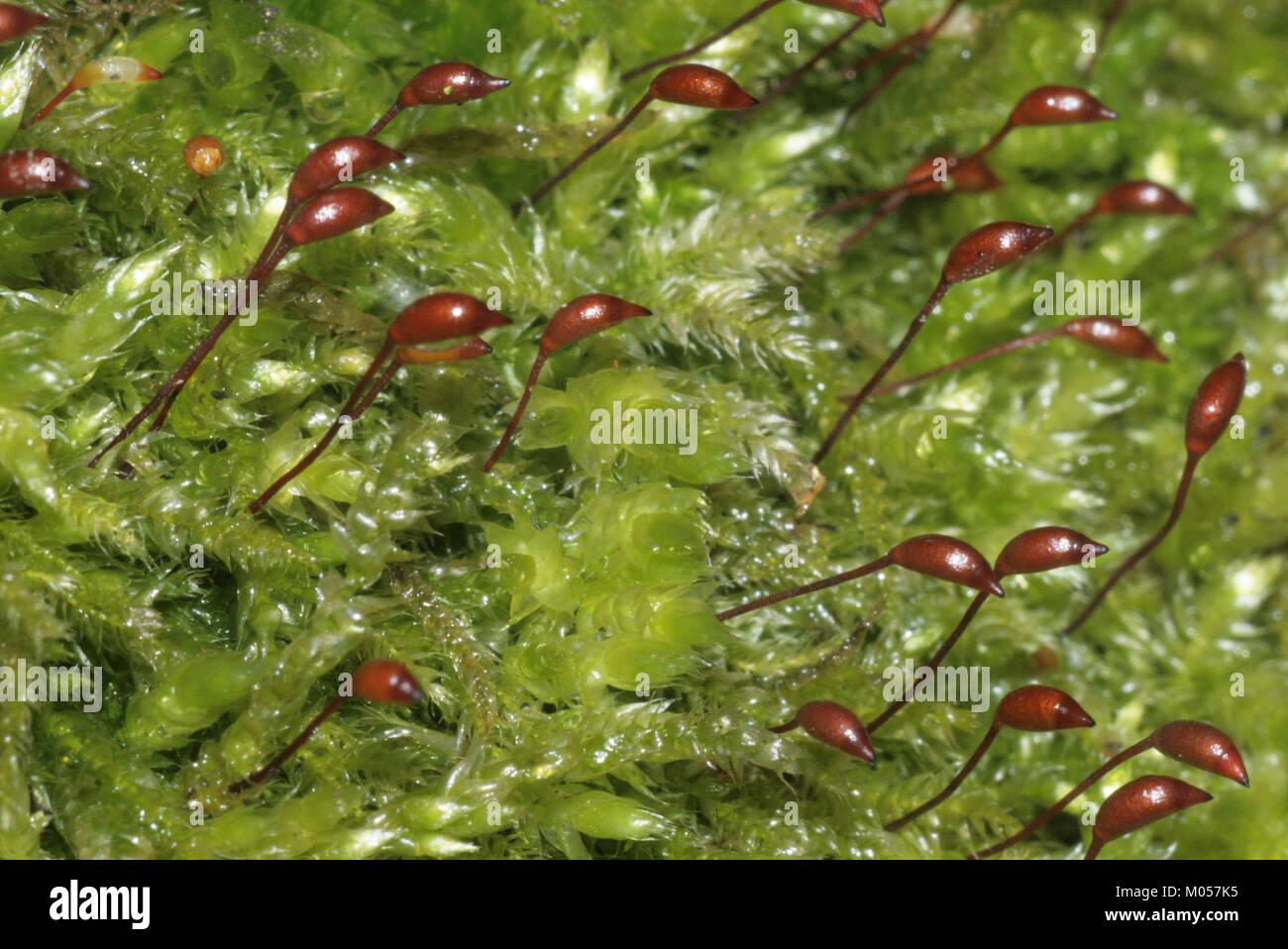
brachythecium-rutabulum-e-144724-480318-2422-M057K5.jpg from: https://www.alamy.com/stock-photo/brachythecium-rutabulum.html
One of the remarkable adaptations of Brachythecium rutabulum is its ability to withstand desiccation. During dry periods, the moss can curl up its leaves and enter a state of dormancy, only to revive and continue growing once moisture returns. This resilience allows it to thrive in a wide range of environments, from arid regions to urban areas with fluctuating moisture levels.
Case Study: Urban Moss Gardens
In recent years, there has been a growing interest in creating urban moss gardens, where Brachythecium rutabulum
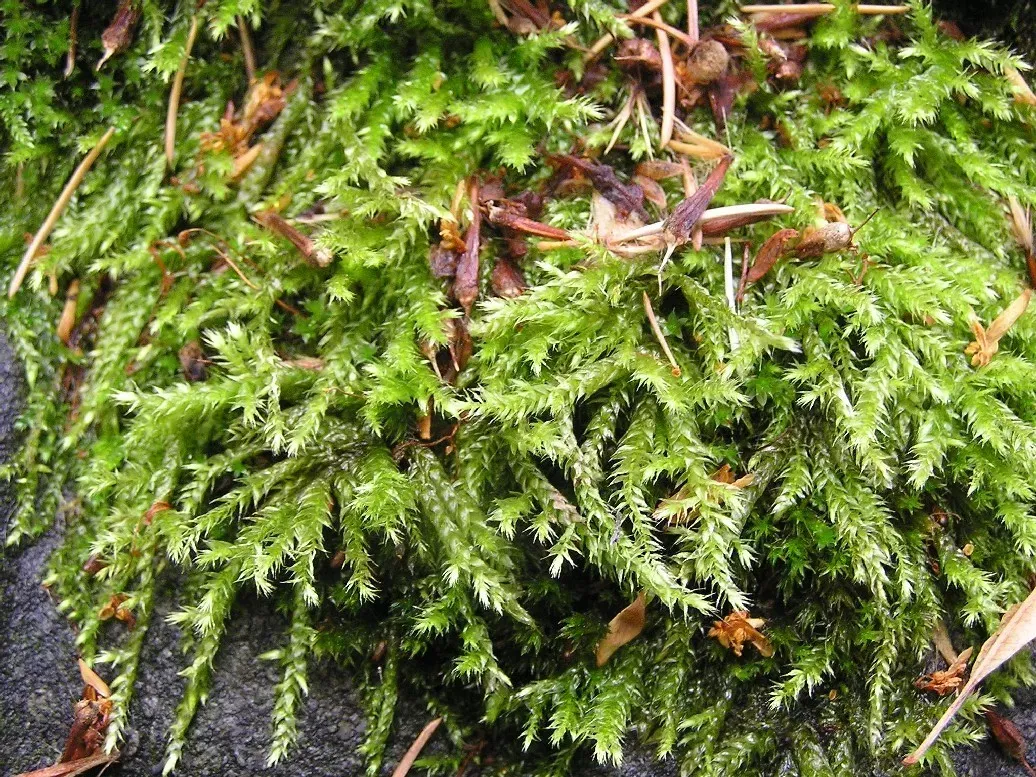
153784602610106379.jpeg from: https://www.picturethisai.com/es/wiki/Brachythecium_rutabulum.html
and other mosses are cultivated for their aesthetic appeal and ecological benefits. These miniature gardens not only add a touch of natural beauty to urban spaces but also serve as educational tools, raising awareness about the importance of bryophytes in our ecosystems.
Technical Table
| Characteristic | Description |
|---|---|
| Phylum | Bryophyta |
| Class | Bryopsida |
| Family | Brachytheciaceae |
| Genus | Brachythecium |
| Species | rutabulum |
| Growth Form | Pleurocarpous |
| Leaf Shape | Ovate-lanceolate |
| Leaf Cells | Hexagonal |
| Habitat | Moist woodlands, stream banks, urban areas |
| Distribution | Cosmopolitan |
Conclusion
The Brachythecium rutabulum (Hedw.) Schimp. moss, a member of the Brachytheciaceae family, may be small in stature, but its impact on the natural world is profound. From stabilizing soil to providing microhabitats for invertebrates, this unassuming moss plays a vital role in maintaining the delicate balance of ecosystems. As we continue to explore and appreciate the wonders of the bryophyte world, let us ponder this thought-provoking question: What other hidden gems lie within the realm of mosses, waiting to be discovered and appreciated?